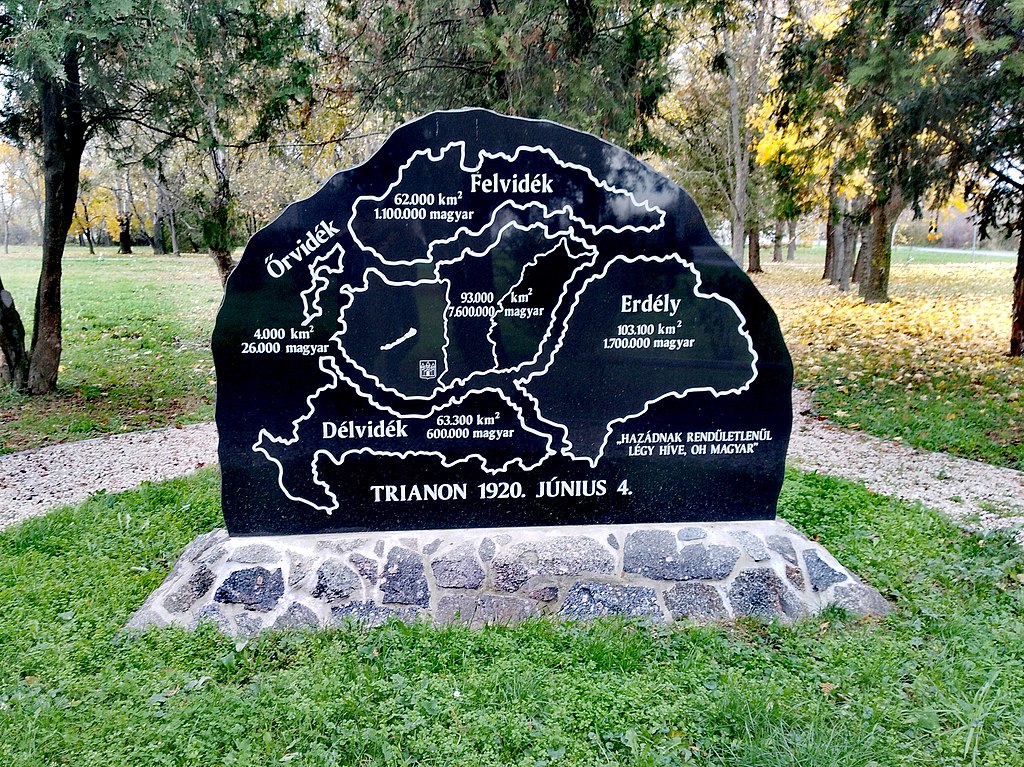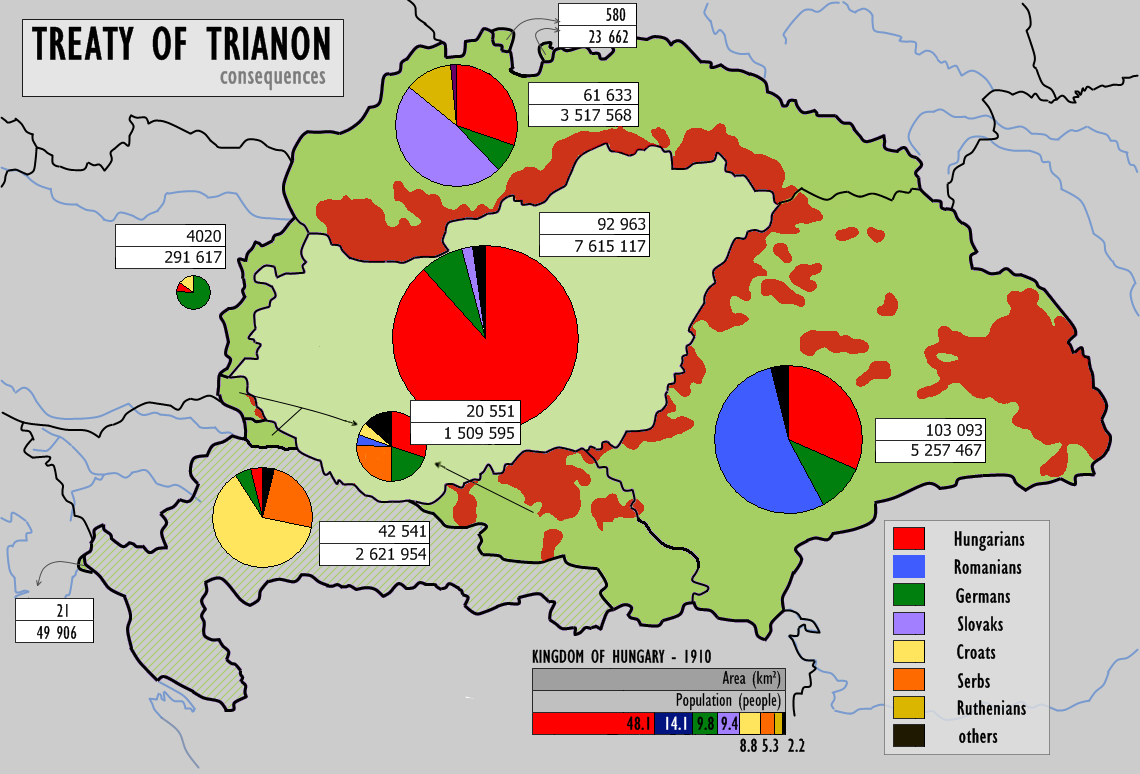
The controversial figure of former regent Miklós Horthy has become the center of talks lately.Continue reading

The consequences of the Treaty of Trianon are still with us more than 100 years later. Its trauma is burned not only into the psyche of Hungarians, but also into the psyches of neighboring peoples, the Director General of the Institute of Hungarian Research (MKI) stressed at the opening of the Trianon academic conference.
Miklós Kásler said that the theme of the conference is the greatest Hungarian tragedy. He emphasized that we know a lot about Trianon, and we also know about the aftermath and the prehistory, but the picture is still incomplete.
As the director-general recalled, Hungary was “destined for liquidation,” but the country, the Hungarians, gave a “brutally strong response” to the Trianon challenge, an intellectual response that manifested itself in Nobel prizes, science, literature, music, while the country transformed its industry and agricultural conditions, and almost caught up with Austria in terms of living standards by 1938.

The Hungarian Delegation arriving to the Grand Trianon in Versailles. Photo via Wikipedia
Kásler pointed out that the
trauma of Trianon burned into the psyche not only of Hungarians but also of neighboring peoples.
Trianon was one of the biggest “judicial murders” in European history, the Director General said, adding that its consequences were only remedied in words and declarations. Underlining the importance of the conference, he noted that the speakers had carried out serious archival research, hence new insights could be gained.
According to a press release accompanying the event, the conference will feature presentations on political history, nationality, military history, cartography, culture, education, publishing, legal history, and Polish-Hungarian relations.
The diversity of topics shows that there were many interconnected reasons for the Treaty of Trianon and that the consequences of Trianon continue to affect almost all aspects of life today.

Photo via Wikipedia
Of the nine presentations, five are on Romanian-Hungarian relations, one on Polish-Hungarian relations, one on Greek-Turkish relations, one on the origins of the Székely Anthem as an important factor of national unity, and one on a Dutchman who understood and supported the Hungarian struggle against the Trianon dictate.
On May 31, 2010, the Hungarian Parliament declared June 4, the day of the signing of the Treaty of Trianon, the Day of National Unity. The law stated that “every member and community of the Hungarian nation under the jurisdiction of several states is part of the united Hungarian nation, whose cohesion across state borders is a reality and at the same time a defining element of the personal and communal identity of Hungarians.”
Via MTI; Featured image via Wikipedia